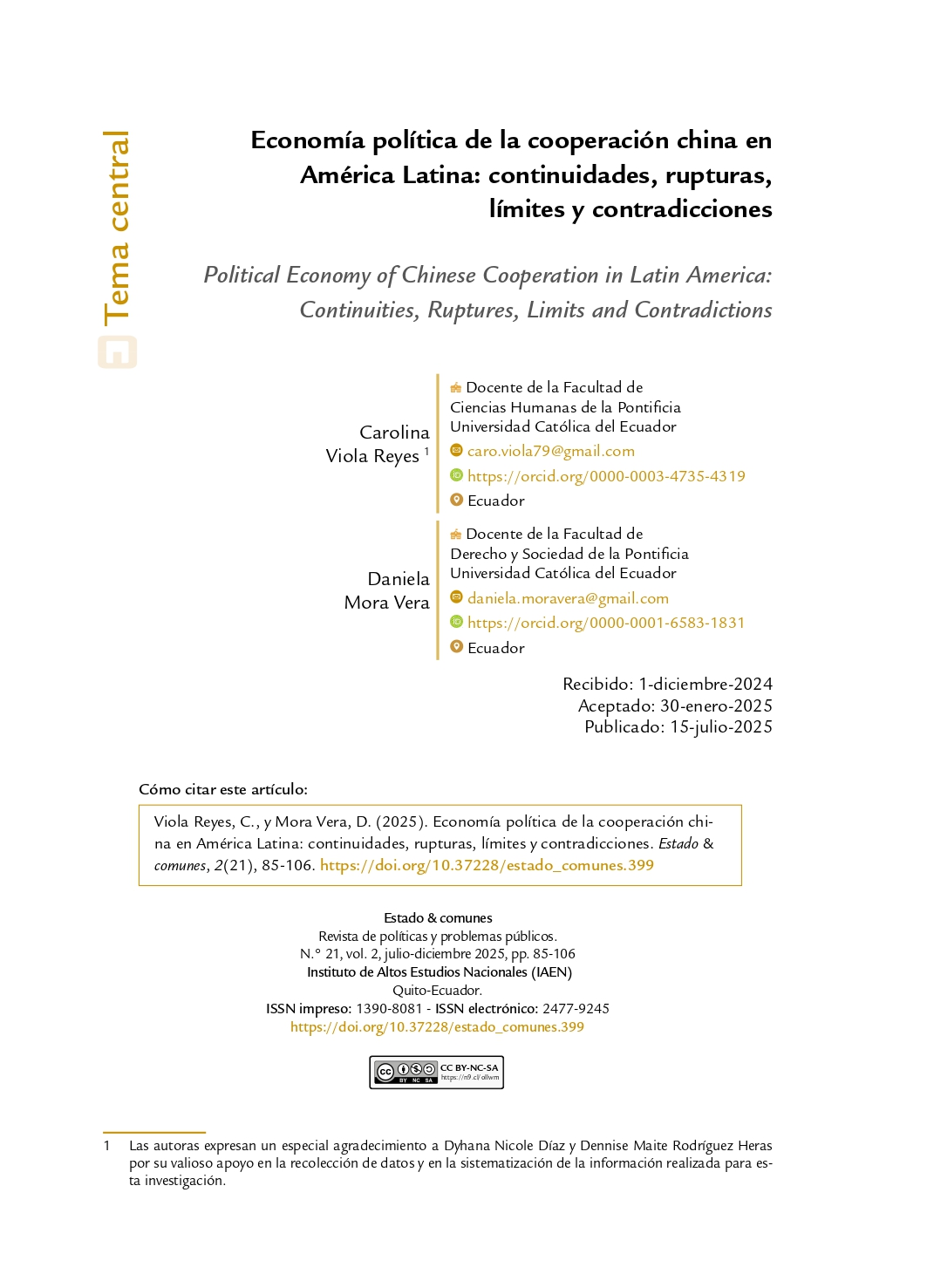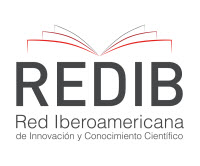Political Economy of Chinese Cooperation in Latin America: Continuities, Ruptures, Limits and Contradictions
Main Article Content
Abstract
The current world system is undergoing a progressive shift of political and economic power from the West to the East. This article explores the continuities, ruptures, contradictions and limits of the traditional and emerging models of international cooperation, focusing on China’s financing alternatives for Latin America. This qualitative research, which traces theoretical elements from the Washington, Beijing and commodity consensuses in regional economic dynamics. In a context of crisis of official development assistance (ODA), China enters Latin America through a discourse of horizontality and mutual benefits, however, it ends up imposing its interests and reproducing historical asymmetries of Western partners. The conclusions indicate that the conditions of Chinese cooperation are evident in the awarding of investment projects to Chinese companies by recipient countries and a notable alignment of their national public policies with the interests of the Asian giant.
Downloads
Article Details
How to Cite
Issue
License
Copyright (c) 2025 Carolina Viola Reyes, Daniela Mora Vera
Author Biographies
Carolina Viola Reyes (Pontificia Universidad Católica del Ecuador)
Professor, Faculty of Human Sciences
Daniela Mora Vera (Pontificia Universidad Católica del Ecuador)
Professor, Faculty of Law and Society
















